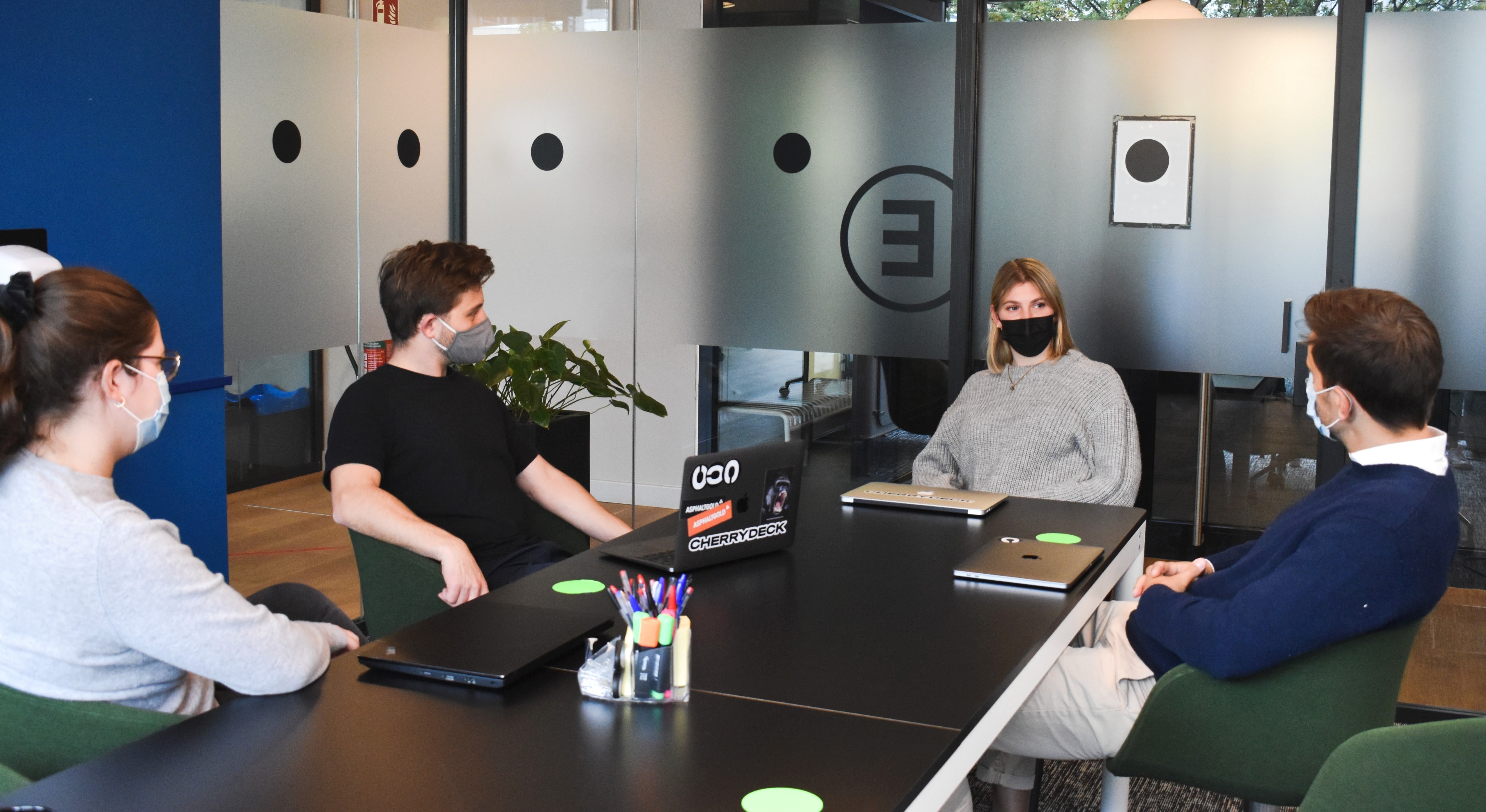7 Strategies to Ease the Transition Back to the Office
By: Shivyoshita Sood

As COVID-19 restrictions continue to lift, more employees are expected to come back to the office in the coming months. But just like moving to a remote work model, transitioning back to the office after almost two years of working from home will be an adjustment for employees and employers alike.
While it is vital to continue to follow guidelines from your local and state governments, planning ahead will ensure a smooth transition. Here are some strategies that might help.
1. Discuss the back-to-office plan
One of the most important steps to a successful transition back to the office is for managers to reach out to their employees and discuss the expectations and lay out a plan that provides a smooth transition.
A phased approach might be the way to go for most where some employees rejoin the physical office immediately while others — perhaps those with small children who are still unable to return to school or those who are still at risk due to the virus — wait a bit longer.
2. Ramp up rather than dive in
The adjustment for each employee would be different. It is key to expect them to take some time to get back into the momentum of working from an office. Employers should plan for a hybrid work model at least for the first few months even if the goal is to completely transition back to the office eventually.
3. Start adjusting your routine
When your employer starts discussing a back-to-office plan, try to consider how you will need to adjust your schedule. Set the alarm earlier to account for your commute. Practice meal prepping and packing a lunch instead of hitting the fridge. If you have been enjoying a lunchtime workout, consider where your workout will fit into your day once you go back to the office. Think through the little changes that may disrupt your flow and how you can adapt to them now.
4. Maintaining company culture and trust
According to a PwC Pulse Survey, 83% of business leaders expected their revenues to increase in 2021 as the economy continues to recover. More than half of those leaders said taking action on people issues, such as securing talent with technical skills (59%) and stepping up support for burned-out employees (55%), would be critical for capitalizing on that growth.
As people adapt to a hybrid work model or work from the office once again, it will be essential for employers to pay careful attention to change management. Bringing all employees and management through the journey successfully will require careful consideration of how to reshape corporate culture to support new working models.

5.
New guidelines for workplace interaction
To ensure the safety of employees when they return to offices, it is essential that companies establish new policies to minimize exposure in the workplace. Enforcing long and short-term social distancing guidelines and restricting the use of non-essential common areas (e.g., break rooms and kitchens) in the workplace should be considered.
Measures to limit the number of employees permitted in open workspaces and decreasing the capacity in conference rooms would help reduce workplace density.
6. Transition your remote skills
Remote work meant learning new skills and habits to keep your team connected and productive. Those skills will be equally valuable when returning to the workplace.
While working from home, most of us had to learn to manage our time more effectively. Leveraging these new habits will have the same benefits in the office as they did while working remotely. Daily check-ins probably dominated routine while working from home and helped employees and employers stay focused and responsible for work assignments. It's a great habit to continue when transitioning back to work.
7.
Gauge your employees’ overall readiness
Employees should feel confident that they’re returning to a safe workplace. Check in regularly with employees on how comfortable they are with returning to the office. Continued support from the employers is critical to ensure employees adapt to the new work models.
Furthermore, the transition can be made smoother by syncing up with local schools and mass transit re-openings. This would assist employees in arranging for child care and transportation.
Returning to the office will be stressful for personnel and management alike. Employing these strategies and planning ahead can be the recipe for a smooth transition.
Need a Sustainable Transportation Work Plan for your employees returning to the office?
Let us help you! Visit our website to learn more about the services we offer. Contact us at info@smartcommutemrh.ca to find out how the Smart Commute Markham, Richmond Hill program can help your businesses achieve your sustainability goals. Speak to our staff to set up a customized sustainable transportation work plan to fit your needs.